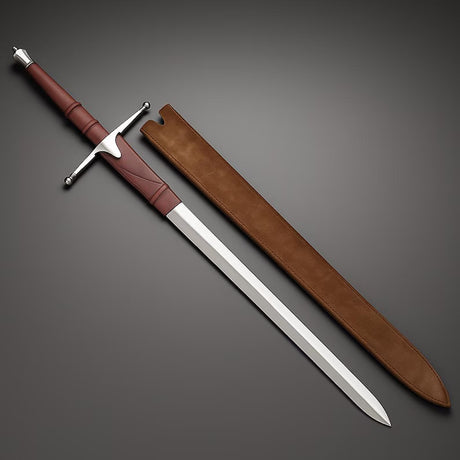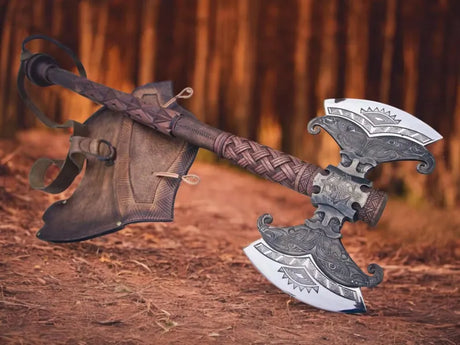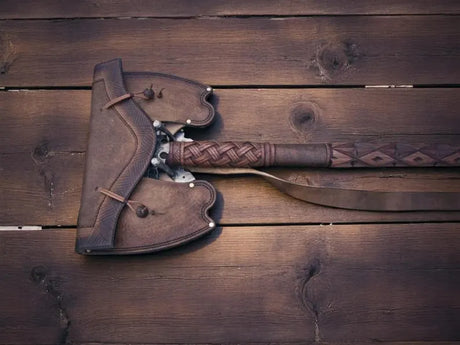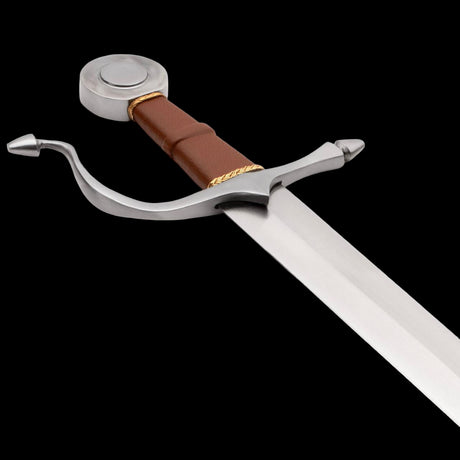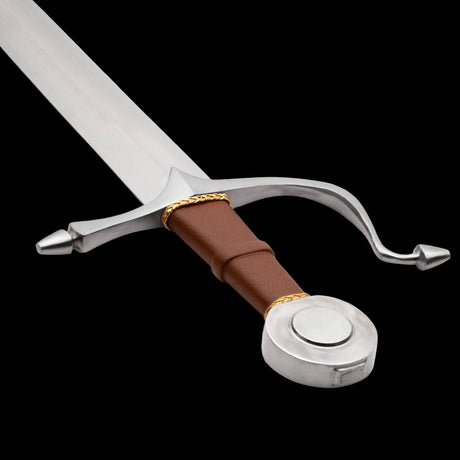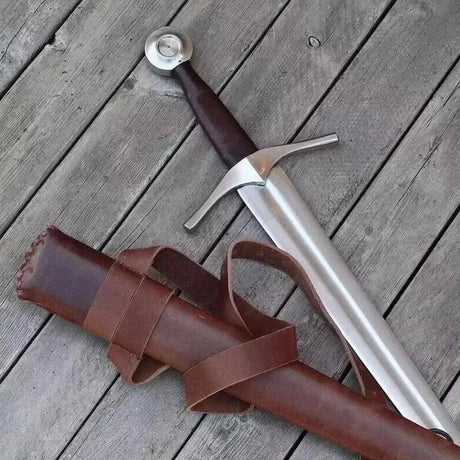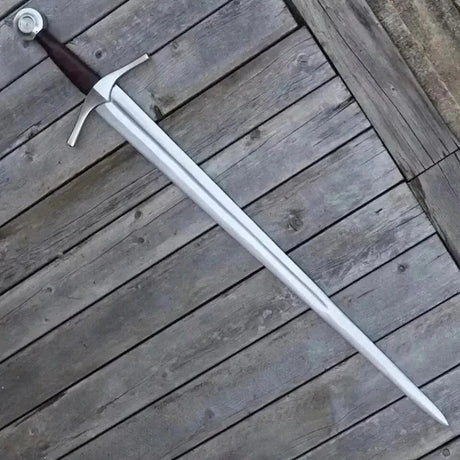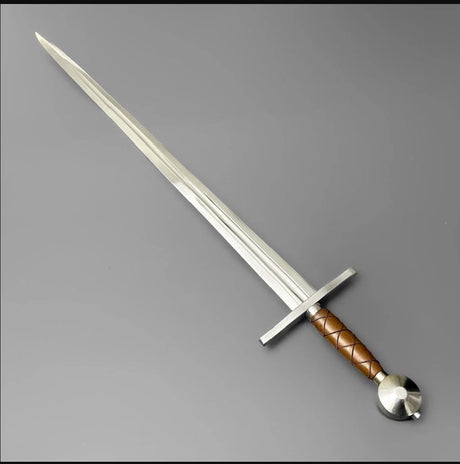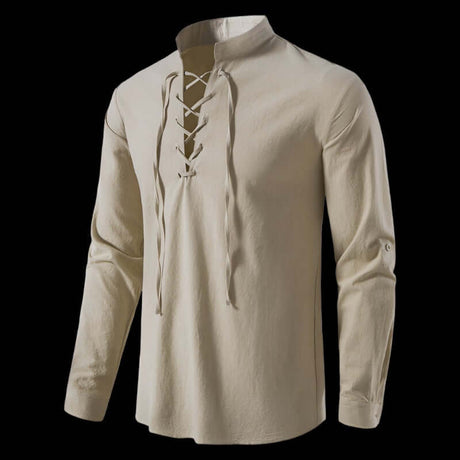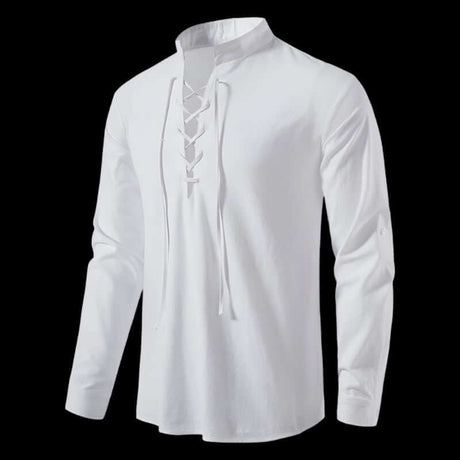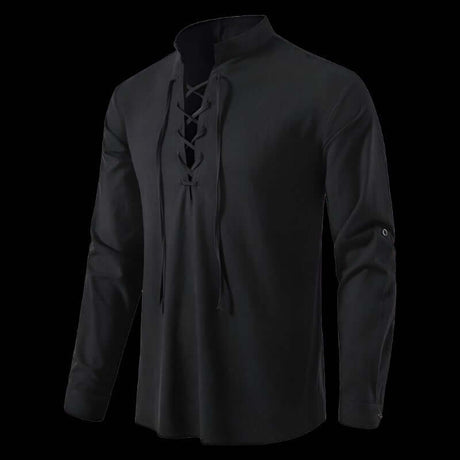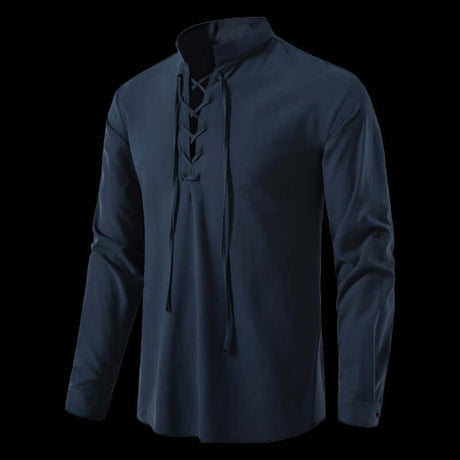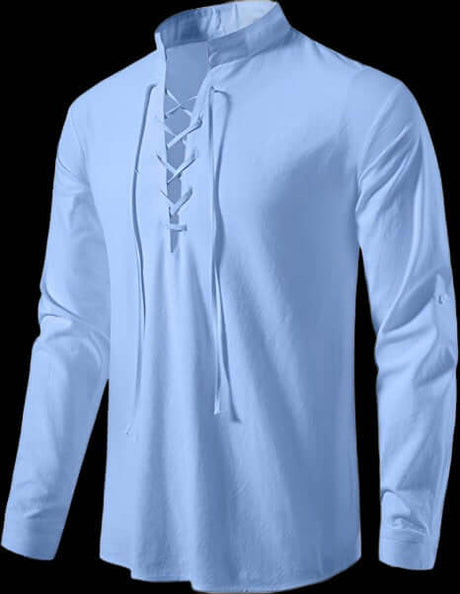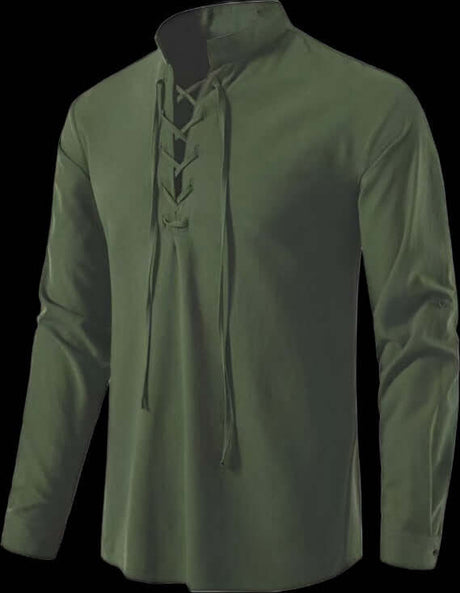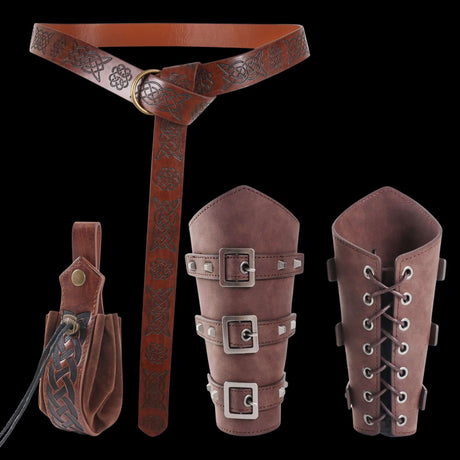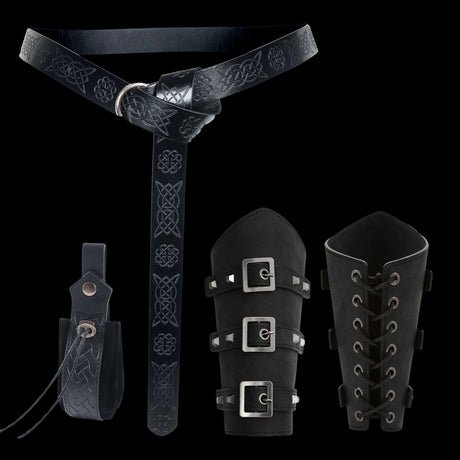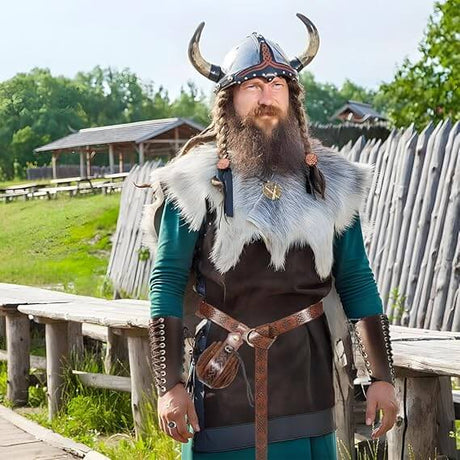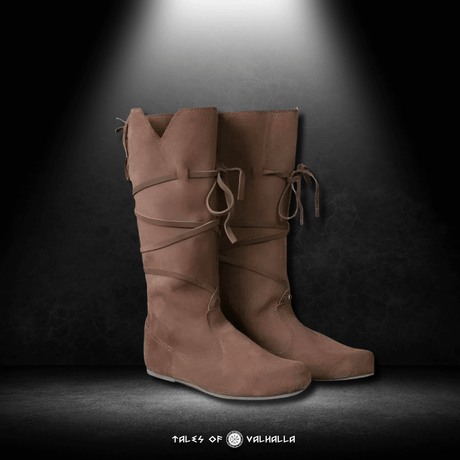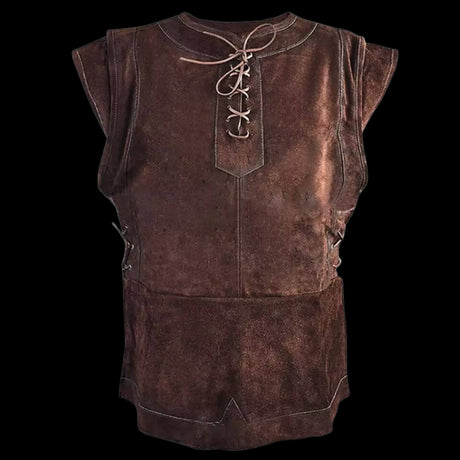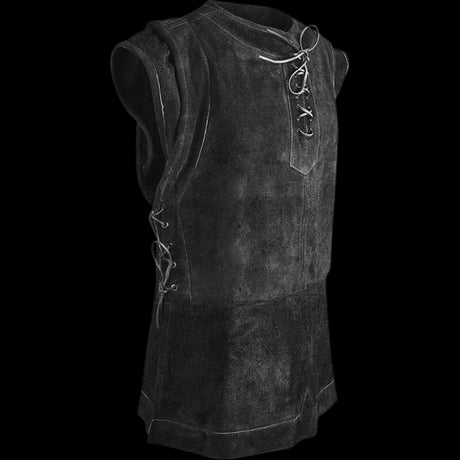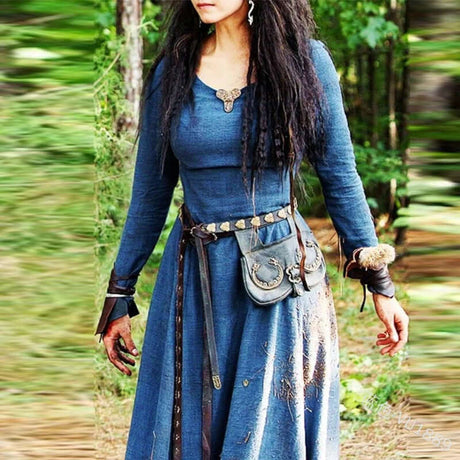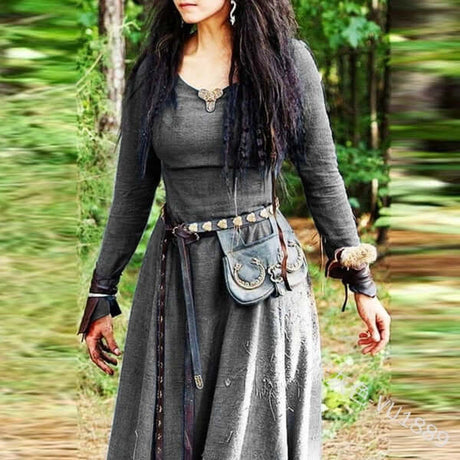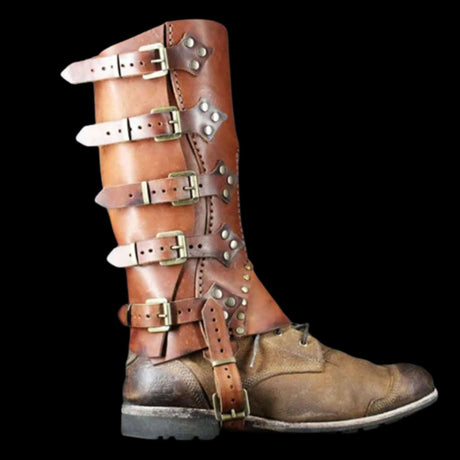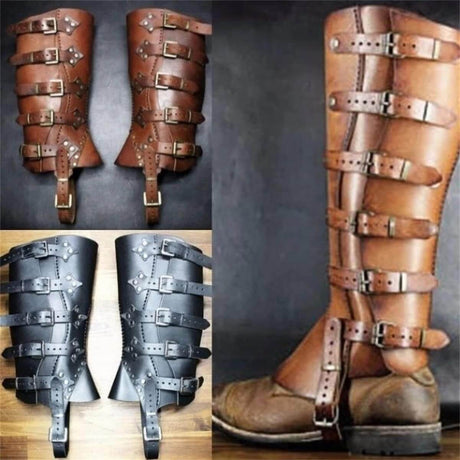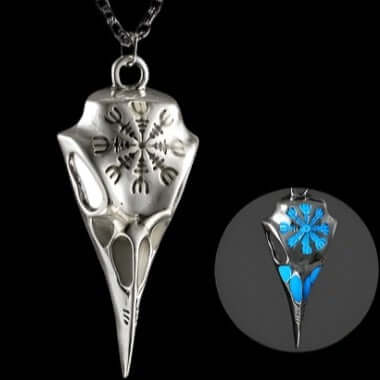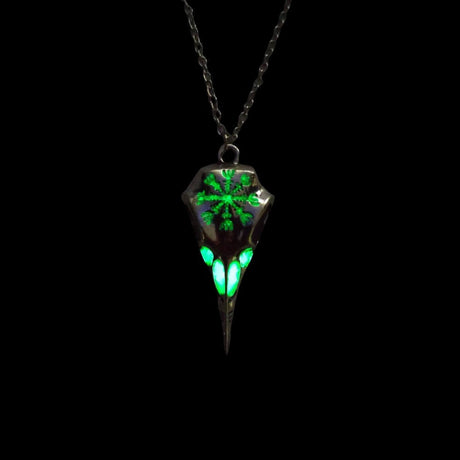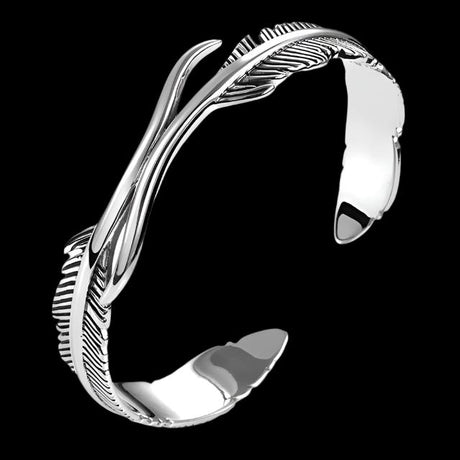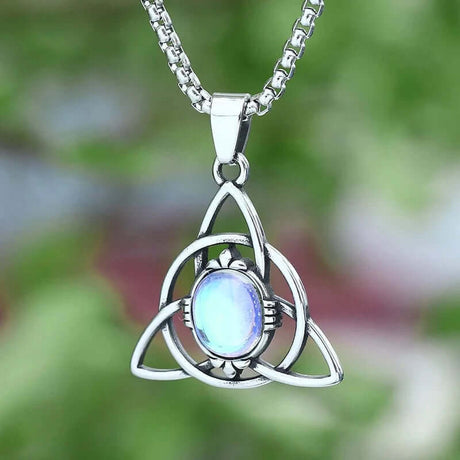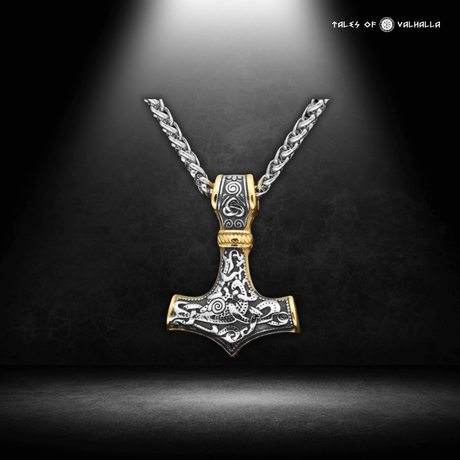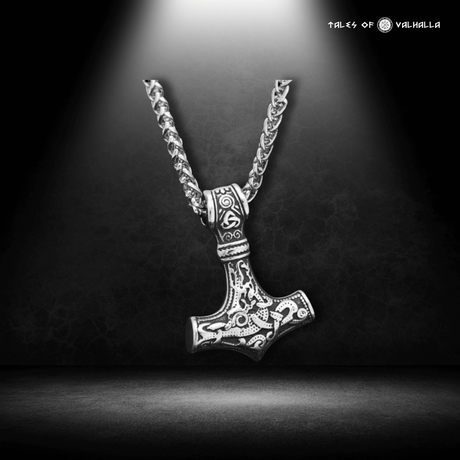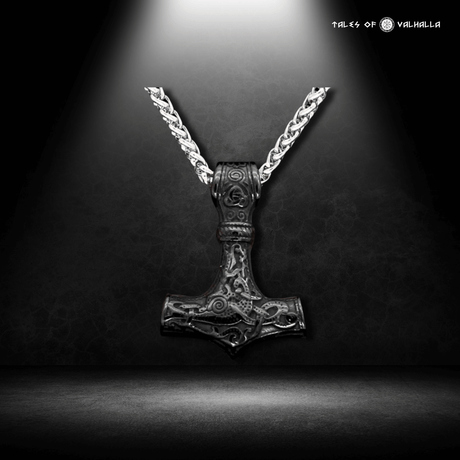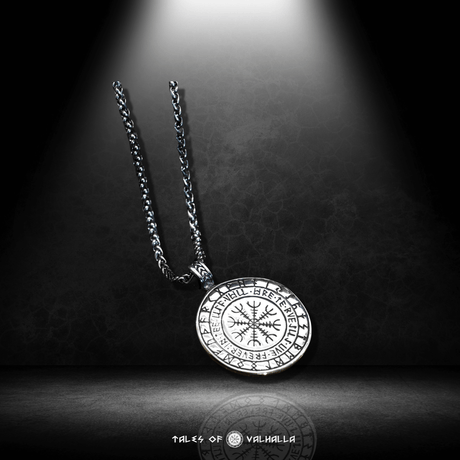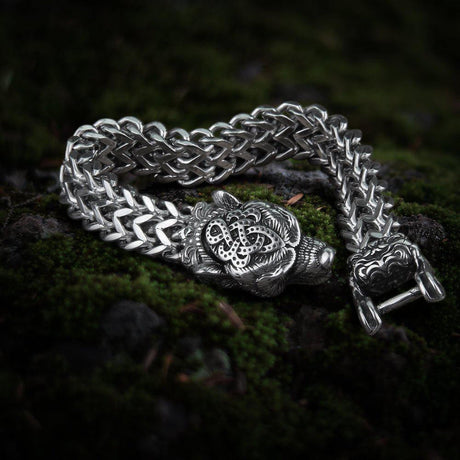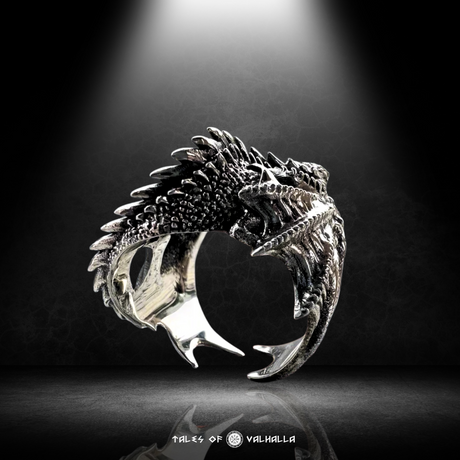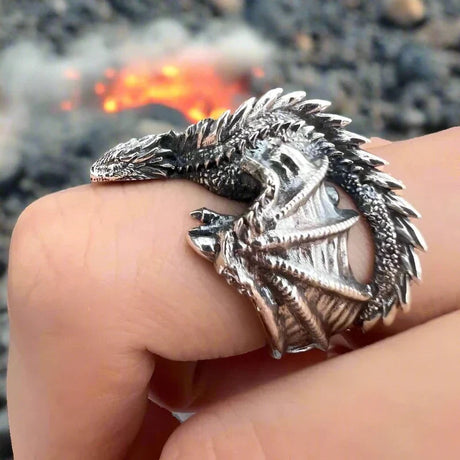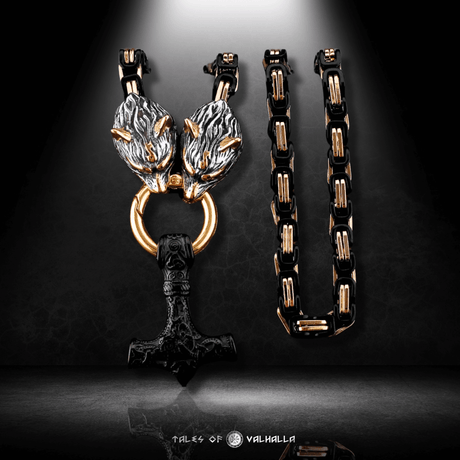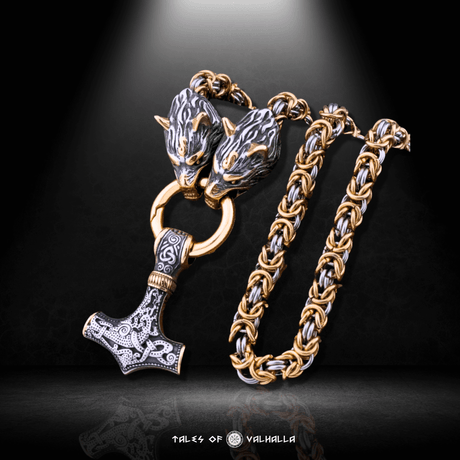Imagine, if you will, a stormy night on the Baltic Sea in the 10th century. A ship cuts through the freezing waves, but the men on board aren’t your average farm-boys-turned-raiders. They aren't looking for a quick smash-and-grab to steal some silver and head home to their wives.
They are silent. They are disciplined. They are the Navy SEALs of the Viking Age.
They are the Jómsvikings.
History is full of terrifying warriors—Spartans, Samurai, Aztec Eagle Warriors—but few groups capture the imagination quite like this mysterious brotherhood of mercenaries. They were a legendary order of Vikings who rejected the chaotic, tribal nature of Norse warfare in favor of a strict, almost monastic military code.
But did they actually exist? Or were they just the boogeymen of Norse Sagas?
Today, we are going to crack open the saga books and archaeological reports. We are going to look at the fortress of Jómsborg, the brutal battles they fought, and most importantly, the rigid laws that turned unruly Vikings into a cohesive fighting machine.
Who Were the Jómsvikings? Separating Man from Myth
To understand the Jómsvikings, you have to understand the world they lived in. The late 10th century was a time of transition. Kings like Harald Bluetooth were trying to consolidate power, Christianity was creeping north, and the era of the independent free-booting raider was slowly dying.
In this chaos, a new power emerged on the southern coast of the Baltic Sea (modern-day Poland).
According to the Jómsvíkinga saga, a fortress was built called Jómsborg. It wasn't a town; it was a military base. It had a harbor that could hide 300 longships beneath a massive stone arch. It was a place where clan loyalty meant nothing, and loyalty to the Order meant everything.

Who Were the Jómsvikings? Separating Man from Myth
The Location Mystery
For centuries, historians argued about where Jómsborg actually was. Was it a myth?
Most modern evidence points to the town of Wolin in Poland. Archaeological digs there have revealed significant Norse presence, weapons, and fortifications that match the descriptions in the sagas.
But the Jómsvikings weren't defined by their walls; they were defined by their rules.
The Iron Code: The Laws of the Jómsvikings
This is where the story gets fascinating. Most Viking raids were organized by a Jarl (earl) gathering his buddies and tenants. Discipline was loose. If things went south, people ran.
The Jómsvikings were different. To enter the fortress, you had to agree to a set of laws that would make a modern drill sergeant sweat. These laws were designed to strip away individual fear and replace it with collective strength.
Let’s break down the code that governed their lives.
The Requirements for Entry
You couldn't just walk into Jómsborg. You had to be selected.
- Age Limits: You had to be between 18 and 50 years old. No teenagers, no old men. They wanted warriors in their prime. (There is one famous exception: a boy named Vagn Åkesson who was 12 but proved he was tougher than most adults).
- The Feat of Strength: You often had to prove your prowess in a duel against a current member just to get your foot in the door.
The Eleven Commandments of Jómsborg
Once you were in, you lived by a strict code. Violating these rules resulted in immediate expulsion—or execution.
| Law | The Meaning | Why it Mattered |
| 1. No Retreat | A member could never flee from an enemy of equal or lesser strength. | This ensured the shield wall never broke. |
| 2. Avenger's Oath | Every member must avenge the death of another member as if he were his own brother. | This replaced tribal loyalty with unit loyalty. |
| 3. No Gossip | Speaking ill of fellow members was forbidden. | It prevented the infighting that destroyed many Viking armies. |
| 4. No Fear | A member was not allowed to show fear in speech or action, regardless of the odds. | Psychological warfare starts with your own mindset. |
| 5. No Women | No women were allowed within the fortress walls. | They believed romantic entanglements caused distraction and jealousy. |
| 6. No Capture | You were never to be taken alive if you could help it. | Death was preferable to being a hostage. |
| 7. The Leader Decides | All news had to be reported to the Chieftain first. | Controlled the flow of information and prevented panic. |
| 8. Shared Spoils | No private looting. All plunder was thrown into a pile and divided by the captain. | Removed greed from the equation. |
Expert Insight:
"The laws of the Jómsvikings represent a shift in Norse warfare. They moved from a 'heroic' model, where individuals sought personal glory, to a 'professional' model, where the unit's cohesion was the primary weapon. It’s the closest thing the Viking Age had to a standing army." — Dr. Arne Magnusson, Historian of Medieval Scandinavia.
Life Inside the Fortress
Imagine living in a place where everyone is a trained killer, and everyone is watching you for a sign of weakness.
The atmosphere inside Jómsborg would have been intense. These men were mercenaries. They fought for whoever paid the most—be it the King of Denmark, the Wends, or local chieftains. But their ultimate loyalty was to the brotherhood.
The "No Women" Rule
This is often the most controversial rule. It wasn't that the Jómsvikings were celibate monks. They certainly had wives and families outside the fortress. But inside the walls, it was strictly business.
This rule served a practical purpose. In many Viking sagas, the downfall of great heroes often comes from a feud over a woman or a marriage alliance gone wrong. By removing this variable, the Chieftain ensured that the only thing on his men's minds was warfare.
The Ultimate Test: The Battle of Hjörungavágr
Laws are just words until they are tested in blood. The ultimate test for the Jómsvikings came at the Battle of Hjörungavágr around 986 AD.
The Jómsvikings were hired to invade Norway and depose the ruler, Earl Haakon. They sailed north with a massive fleet. What followed was a disaster that cemented their legend.
They sailed into a trap. Earl Haakon had gathered a massive defensive fleet. To make matters worse, a hailstorm erupted—legend says Earl Haakon sacrificed his own son to the goddesses to summon the storm.

The Ultimate Test: The Battle of Hjörungavágr
The Execution on the Beach
The battle was lost. Many of the Jómsvikings were captured. They were lined up on a beach to be beheaded one by one.
This is where the "No Fear" law came into play. The saga describes the execution scene vividly:
- The Casual Conversation: As they sat on a log waiting to die, they chatted casually. They laughed. They made fun of their executioners.
- The Hair Puller: One warrior, whose long yellow hair was his pride, asked the executioner to have someone hold his hair back so it wouldn't get bloody. As the axe came down, he yanked his head back. The executioner chopped off the hands of the person holding the hair. The Viking laughed, "Who has my hands stuck in his hair?"
- The Face Strike: Another warrior said, "I have a theory that a man feels nothing after his head is cut off. I hold a knife in my hand. If I am conscious, I will point it at you after you strike." (Spoiler: He dropped the knife).
- The Chin Hit: One young warrior said, "Strike me in the face. I do not want to flinch like a slave."
Their audacity was so impressive that the remaining prisoners were actually spared and recruited by the Norwegians. They had lost the battle, but they had won the moral victory by adhering to their laws until the bitter end.
Myth vs. Reality: Did They Really Exist?
We have to address the elephant in the room. Were the Jómsvikings real, or are they just a cool story?
For a long time, historians were skeptical. The Jómsvíkinga saga was written in Iceland about 200 years after the events. It is full of exaggerations.
However, the consensus is shifting.
The Archaeological Evidence
- The Trelleborg Fortresses: Across Denmark, archaeologists have found circular, strictly organized military camps (Trelleborgs) dating to this exact period. They show a high degree of military organization, housing thousands of soldiers.
- The Wolin Digs: As mentioned, the site in Poland shows clear Scandinavian military presence.
It is highly likely that the Jómsvikings were a real warrior fraternity, perhaps associated with the Danish King Harald Bluetooth. The specific "laws" might be literary embellishments, but they reflect a very real trend toward professionalization in the Viking Age.
Counter-Arguments and Nuance
Some scholars argue that "Jómsviking" wasn't a specific order, but a generic term for "Viking pirates from the East."
Others suggest that the strict laws were a later invention by Christian writers trying to impose a sense of chivalric order onto pagan history.
But even if the details are fuzzy, the core truth remains: There was an elite class of warriors in the Baltic who terrified the North Sea world.
See more: Westward Expansion in the Viking Age: How Norse Pioneers Beat Columbus by 500 Years
The Legacy of the Order
Why do we still talk about the Jómsvikings today?
Because they represent an archetype that fascinates us: The Elite Unit.
You can draw a direct line from the Jómsvikings to the Knights Templar, and from the Templars to modern Special Forces.
They were the first to realize that a group of men, bound by a code and stripped of fear, is infinitely more dangerous than a horde of individuals.
The End of Jómsborg
The order eventually fell. In 1043, King Magnus the Good of Norway decided he had had enough of the pirate menace. He attacked Jómsborg, breached the walls, and burned the fortress to the ground. The survivors were hunted down or scattered.
The physical fortress was destroyed, but the legend was indestructible.
Conclusion
The story of the Jómsvikings is more than just a tale of swords and shields. It is a study in human psychology.
It shows us what happens when men surrender their individuality to a cause. The laws of Jómsborg were harsh, brutal, and unforgiving. But they created a brotherhood that laughed in the face of death.
In a world of chaos, the Jómsvikings created order.
In a world of fear, they created courage.
Whether they were exactly as the sagas describe them or not almost doesn't matter. They set a standard for martial discipline that echoed through the centuries. They remind us that history isn't just written by the victors; it's written by the bold.
So, the next time you hear about the "wild" Vikings, remember the men of Jóms. Remember the men who stood in a line to be beheaded and cracked jokes while the axe fell. They weren't just wild; they were professional.
Key Takeaways for the Reader:
- The Jómsvikings were a semi-legendary order of elite Viking mercenaries based in Jómsborg (likely Poland).
- They lived by a strict code (The Laws) that forbade fear, fleeing, and women within the camp.
- Their most famous moment was the Battle of Hjörungavágr, where they faced execution with chilling bravery.
- While the Sagas may exaggerate, archaeology confirms the existence of highly organized military camps in the region.
- They are the ancestors of the modern concept of elite military units.










